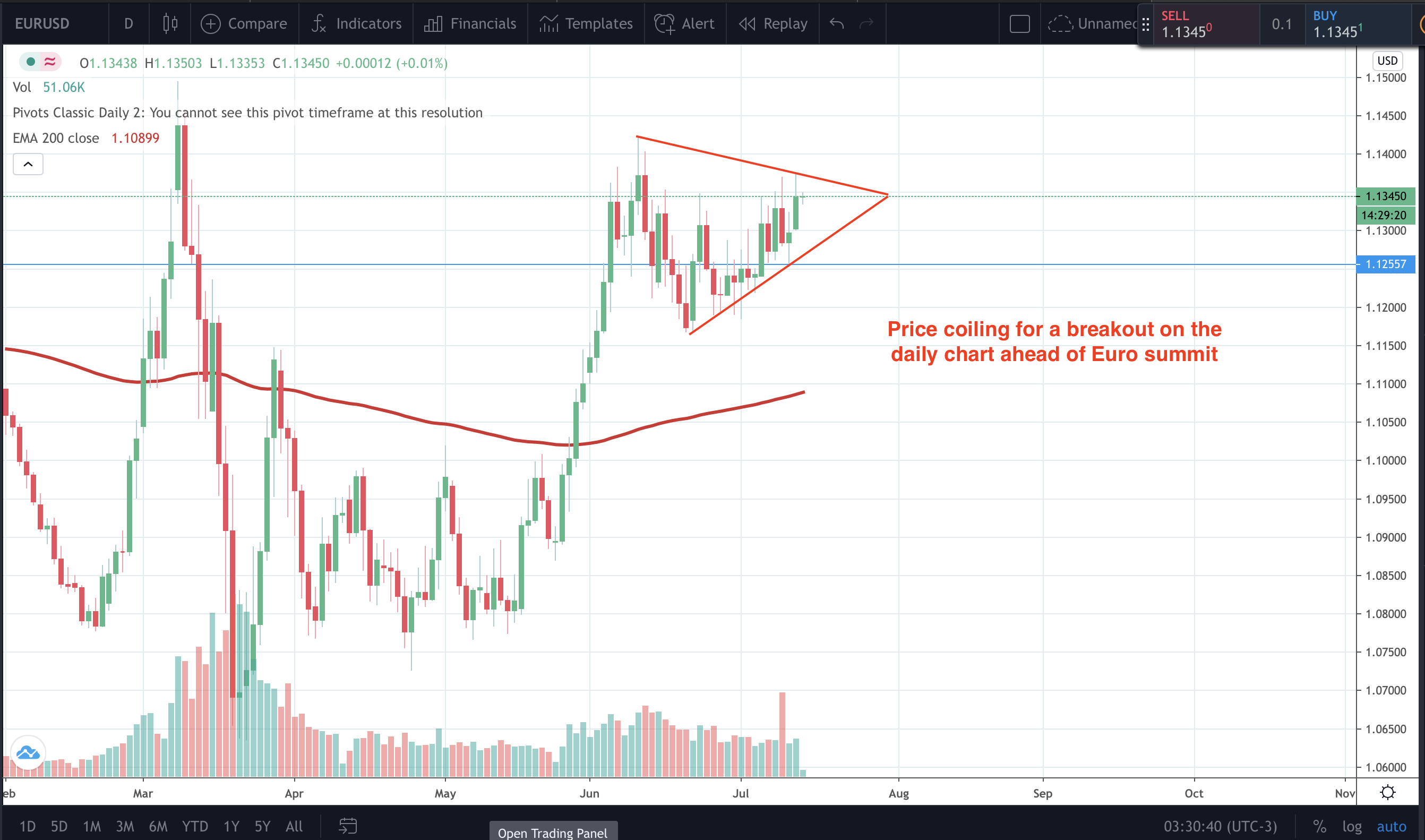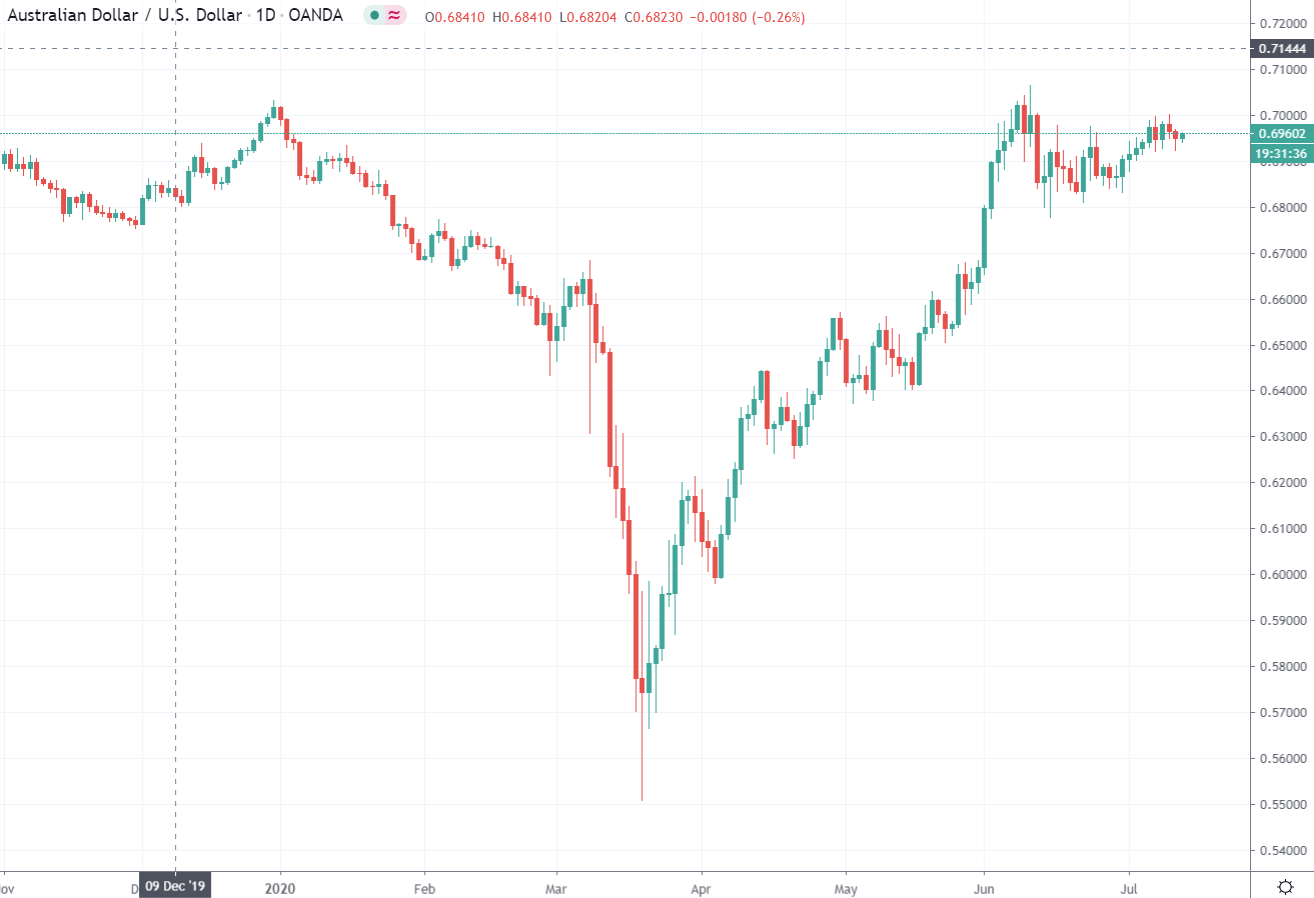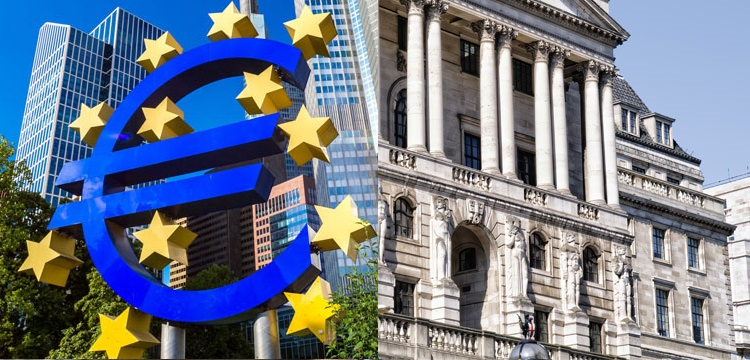 Weekly FX speculative positioning data from the CFTC
Weekly FX speculative positioning data from the CFTC
- EUR long 111K vs 104K long last week. Longs increased by 7K
- GBP short 14K vs 16K short last week. Shorts trimmed by 2K
- JPY long 18K vs 17K long last week. Longs increased by 1K
- CHF long 7K vs 4K long last week. Longs increased by 3K
- AUD long 4k vs 1K short last week. Position switches from short to long.
- NZD short 1K vs 0K short last week. Longs increased by 1K
- CAD short 20k vs 17K short last week. Shorts increased by 3K
Highlights:
- EUR longs remain the largest position by far. The EUR has reached the highest level since March this week
- AUD position switch from being marginally short to marginally long
- NZD position remains near unchanged
- CAD shorts remain the 2nd largest speculative position.

 Weekly FX speculative positioning data from the CFTC
Weekly FX speculative positioning data from the CFTC




